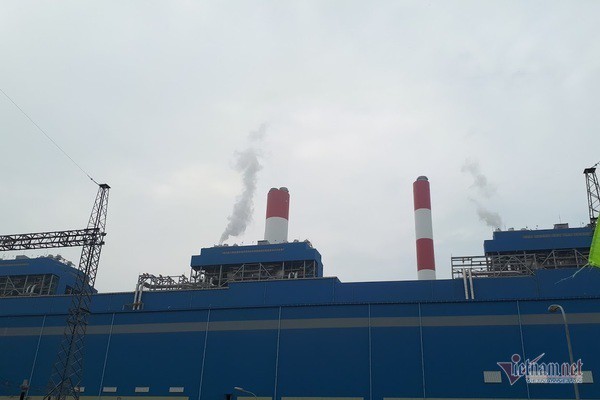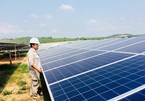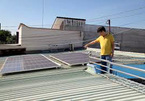Bac Lieu, Long An and Tien Giang provinces have stated that they won’t develop coal-fired power plants, but will only invest in LPG thermopower.

Gas-fired power has great advantages compared with coal-fired power. It uses advanced technology, has high performance, is friendly to the environment, and is in line with development trends.
The supply of LNG in the world at reasonable prices also facilitates the development of gas-fired power projects.
Credit institutions always offer favorable conditions for investors to arrange capital for projects. Gas-fired power also receives strong support from LNG countries and producers.
There is another great advantage of gas-fired power is that the time needed to build gas-fired power plants is shorter than coal-fired power plants.
| There are 10 gas-fired power plants in the east in the southern region with the total capacity of 5,700 MW, including Phu My, Ba Ria and Nhon Trach 1 and 2, using the gas from Nam Con Son and Cuu Long fields. |
There are 10 gas-fired power plants in the east in the southern region with the total capacity of 5,700 MW, including Phu My, Ba Ria and Nhon Trach 1 and 2, using the gas from Nam Con Son and Cuu Long fields.
The Electricity and Renewable Energy Department of the Ministry of Industry and Trade reported that Vietnam now has 7,200 MW of gas-fired power, which accounts for 16 percent of total capacity of the entire system.
These include Ca Mau 1 and Ca Mau 2 in the west of the southern region with total capacity of 1,500 MW, using the gas from PM3 and Cai Nuoc fields.
It is expected that by 2020, the gas-fired power capacity in Vietnam would be 9,000 MW.
However, by 2030, gas-fired power capacity would increase to 19,000 MW, of 12,000 MW higher than currently, accounting for 14 percent of capacity of the entire system.
In the time to come, Vietnam will have more plants using domestic gas sources, including Mien Trung 1 and 2, Dung Quat 1, 2 and 3 (750 MW for each plant) using gas from Ca Voi Xanh and O Mon 2, 3 and 4 fields. Son My 1, Son My 2, Nhon Trach 3 and 4 will use import LNG.
As the number of gas-fired power plants is on the rise, Vietnam will have to import gas in big volumes.
With the total capacity of gas-fired power plants of 19,000 MW by 2030, Vietnam would need 22 billion cubic meters of gas, of which nearly 50 percent would be imported.
Gas-fired power is the most expensive. The production cost of hydropower is approximately VND1,000 per kwh, while it is VND1,500 for coal-fired power, VND1,900-2,200 for wind power and VND2,100 for solar power. The average production cost of gas-fired plants using B Block’s gas is VND2,800 per kwh.
Luong Bang

Solar power not fully exploited because of limited transmission capability
As a country with abundant renewable energy potential, Vietnam will have many benefits when shifting early to develop clean energy.

Vietnam to have 2,000MW of rooftop solar power capacity in 2020
The country's total rooftop solar power capacity is expected to reach around 2,000 MW by the end of 2020, according to Viet Nam Electricity (EVN).
 Gas-fired power is considered more friendly to the environment than coal-fired power, but the selling price is sky high.
Gas-fired power is considered more friendly to the environment than coal-fired power, but the selling price is sky high.